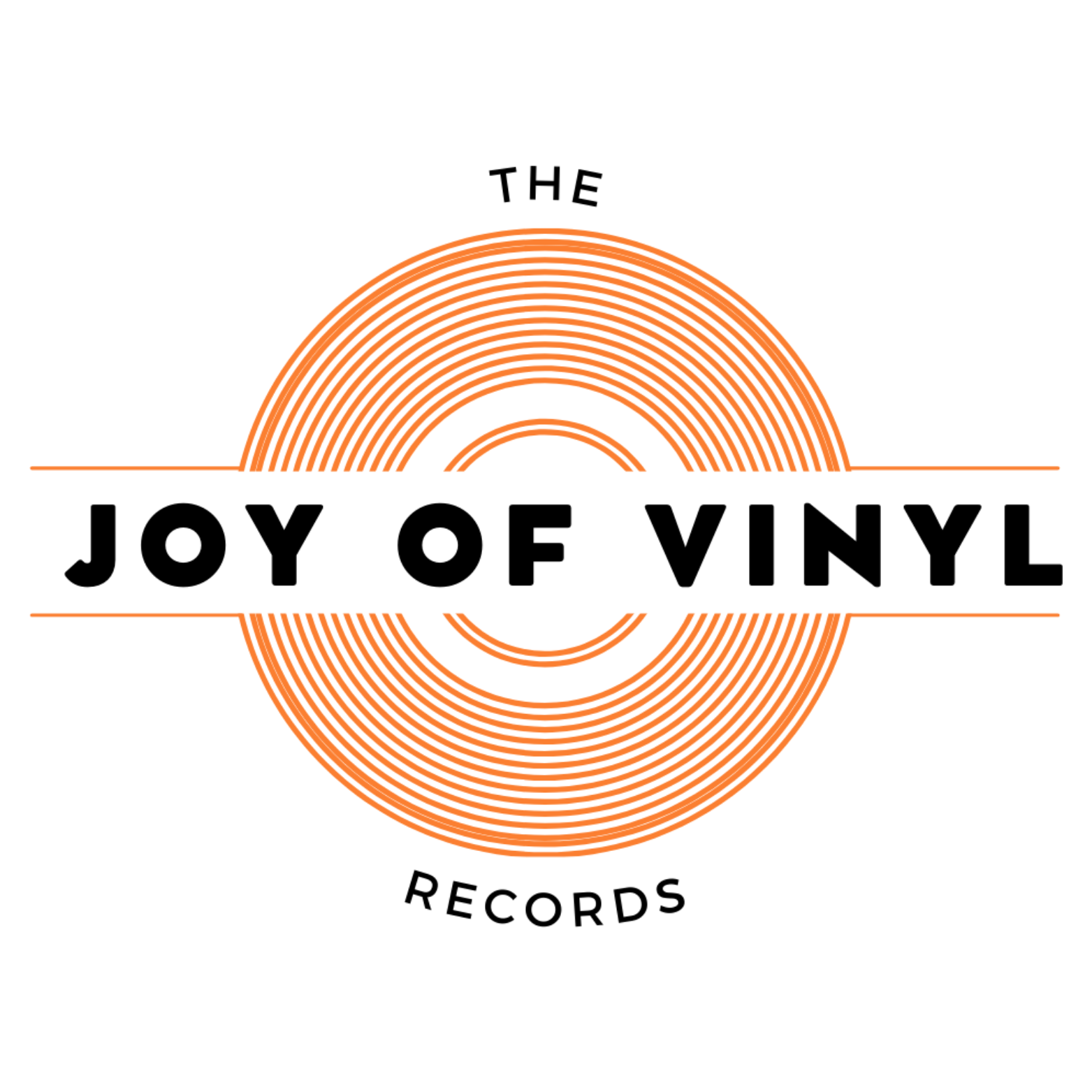My parents bought me my first record player when I was five. It played 45s, and it was red. I can still picture it today. It was called a “Close ’n Play” and had a plastic lid and a handle so you could carry it around. The speaker was housed in the lid. The plastic platter inside was yellow, and a steel needle (can you imagine!) was built into the inner lid, so you had to close it and hit the “on” button. My first records were “Waltzing Matilda” and “Blow the Man Down”. That little turntable kicked off my fascination with records. I have owned many turntables since then. My current one is a custom setup from the good folks at U-Turn Audio in Woburn, Massachusetts. Woburn is about 45 minutes away from the town I grew up in. It’s a small US-based company, and I feel they will be around for a while. At least, that’s my wish.
Did you notice I switched terms? I went from record player to turntable. If you didn’t, that’s okay. Many consider the terms interchangeable. That’s what we’re going to talk about today. What differentiates a record player from a turntable?
What is a Record Player?
A record player plays records. I know… stating the obvious there. You won’t need to buy anything else when you buy a record player. Except for records, of course. A record player is all-encompassing. With one unit, you have the plinth (also known as the deck), the platter, the tonearm, and the cartridge. The speakers are also built into it. You can take it out of the box, plug it in, and spin your first record.
What you can’t do with a record player is perform upgrades. It’s not meant to be upgraded. It’s also not meant to satisfy the listening needs of audiophiles. What record players are meant for is convenience and the casual listener. They are often inexpensive and come in many shapes and sizes. The ingenuity behind some of the designs is pretty impressive. The Crosley company is famous for this all-in-one solution. Some models include a radio and CD player. All of those mechanics thrown into one unit might check off the convenience factor, but they do so at the cost of sound.
Not so with a standalone turntable.
What is a Turntable?
A turntable, at its most basic, will provide four things. A plinth, platter, tonearm, and cartridge. It may be a direct-drive model or belt-driven. A good turntable will allow for some minor and some major upgrades. I would consider a major upgrade to be a new cartridge. At the very least, a lower-end or budget turntable will always allow for a stylus change. Once you move out of the beginner models, most turntables will also enable you to adjust the tracking force and alignment.
A turntable might also include a built-in preamp to boost the signal once it travels down the tonearm from the stylus. An external preamplification solution is required if it’s not built in since the signal produced is extremely low. A preamp will boost the low-level signal to the “line level”. It will also allow for equalization that aligns with the RIAA (Recording Industry Association of America) standard.
Turntable owners will also need speakers. These can range from the bookshelf variety to the large floor models and will either be connected to the turntable or preamp by RCA cables or to a larger amplifier/receiver component. If an amp/receiver isn’t part of the setup, the speakers must be powered or “active”.
It’s All About Sound Control
If you’re new to the world of vinyl, this might all sound a bit overwhelming. It’s not. Really. A vinyl experience centered around a turntable allows for more control. You can start with a set of powered bookshelf speakers (like those from Edifier) and upgrade later. With turntables, you can mix and match, swap things out, and cater your sound over time. With a record player, you can’t. Depending on the brand and model, you might be able to add external speakers, but boosting a mediocre sound might be a bit harder on the ears than you’d like.
Which Should You Buy?
I’ll never tell someone what they “should” do. Every situation is different. As is every budget. Record players offer a convenience factor that will come at the price of the sound produced. Record player owners won’t have to worry about purchasing extra components or upgrades, nor are they meant to.
On the other hand, turntables offer the most flexibility. They are, more often than not, the preferred choice of audio enthusiasts. I love to research what a new component upgrade might offer. I also weigh it against cost. I enjoy that. I like having the freedom and control to do so.
So what’s my advice? Go with the solution that’s right for you, your wallet, and your environment.
– READ NEXT –
Subscribe to The Joy of Vinyl




